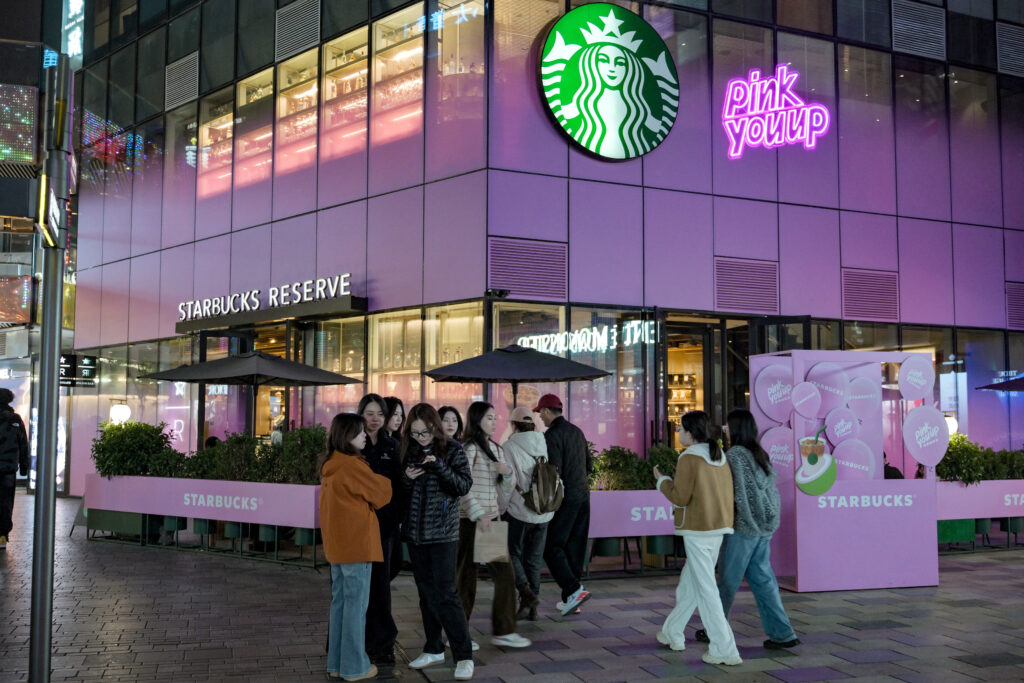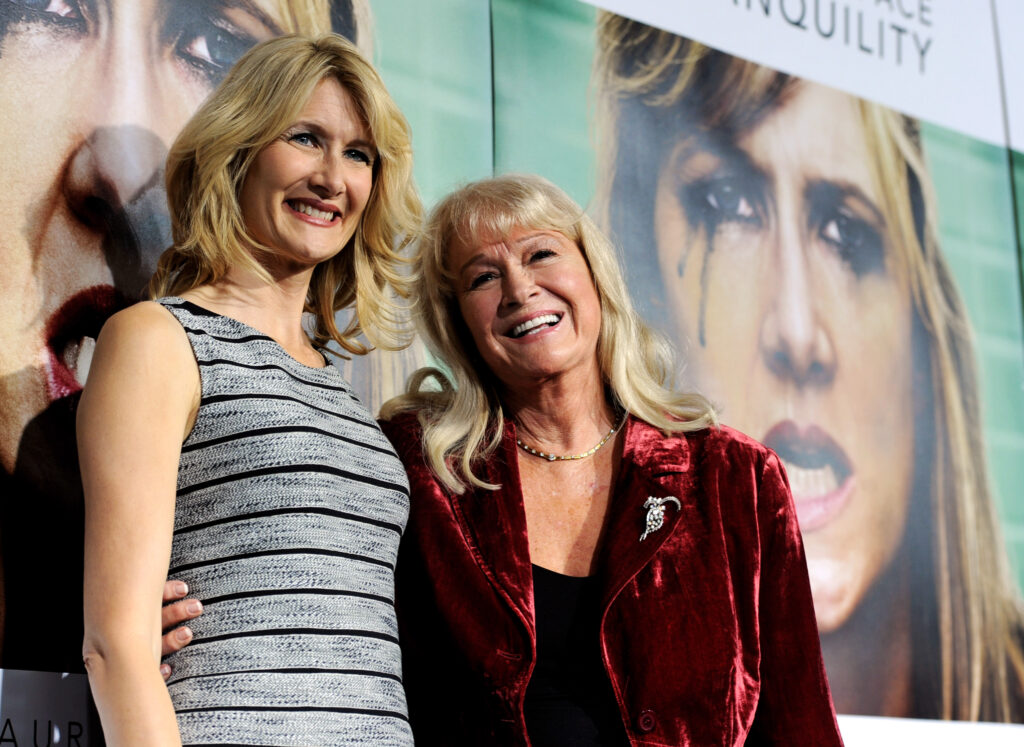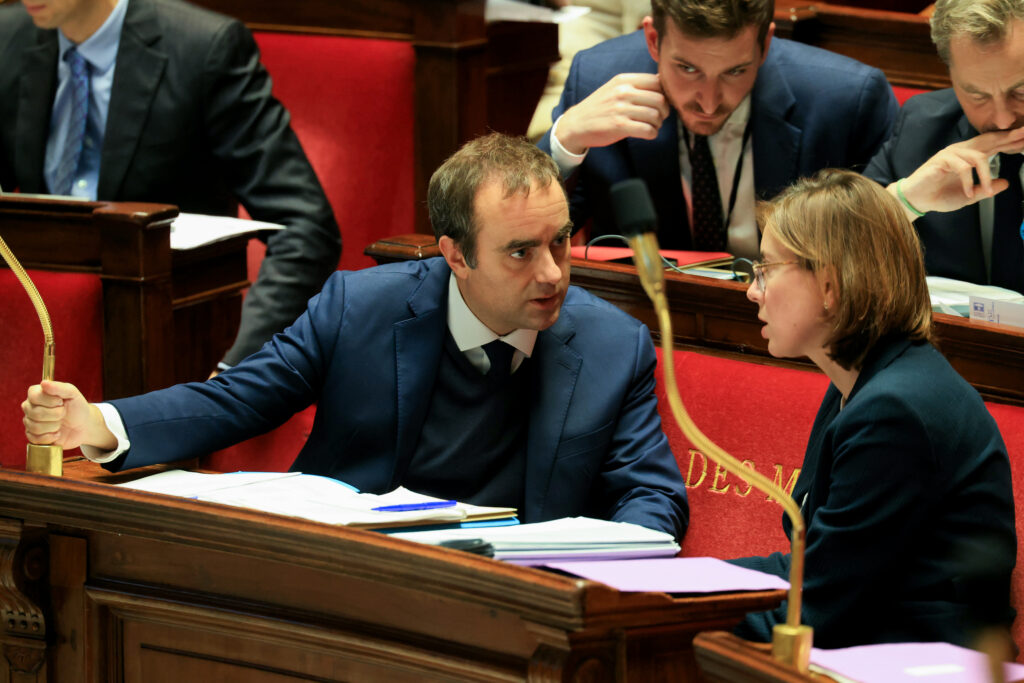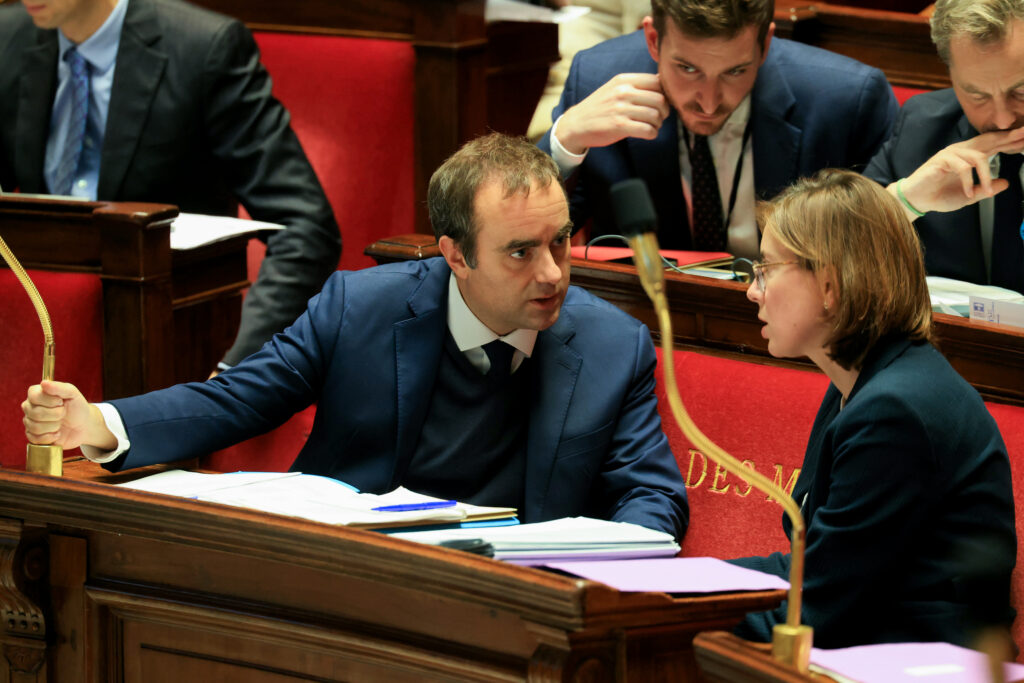Starbucks cedes China control to Boyu Capital
Starbucks announced Monday it will sell a controlling stake in its Chinese retail operations to investment firm Boyu Capital in a deal valuing the business at around $4 billion.Under the agreement, Boyu will hold up to 60 percent of a new joint venture operating 8,000 Starbucks stores across China, while the Seattle-based company retains a 40 percent stake and continues to own the brand and intellectual property.The partnership marks a strategic shift for Starbucks after more than 26 years in China, combining the global coffee chain’s brand recognition with Boyu’s local market expertise to expand into smaller cities and new regions.China represents Starbucks’s second biggest market globally, though the company has faced increasing competition from local coffee chains like Luckin coffee that has won over customers with lower prices. Starbucks reported last week that its latest quarterly same-store sales in China increased by two percent, fueled by an increase in traffic, but added that average spending per ticket had dropped.The company said it expects the total value of its China retail business to exceed $13 billion, including proceeds from the sale, its retained interest, and future licensing fees over the next decade.”Boyu’s deep local knowledge and expertise will help accelerate our growth in China, especially as we expand into smaller cities and new regions,” said Starbucks CEO Brian Niccol.The companies said they aim to grow the store count to as many as 20,000 locations over time, with the business continuing to be headquartered in Shanghai.The deal is expected to close in the second quarter of fiscal year 2026, pending regulatory approvals.
‘Wild at Heart’ actress Diane Ladd dies at 89
Diane Ladd, the Oscar-nominated “Wild at Heart” actress and mother of Laura Dern, died Monday. She was 89.In a career spanning eight decades, Ladd was nominated for the best supporting actress Academy Award three times: in Martin Scorsese’s “Alice Doesn’t Live Here Anymore,” David Lynch’s “Wild at Heart,” and “Rambling Rose.” The news of Ladd’s death was announced by Dern, Ladd’s Oscar-winning actress daughter from her first marriage to Bruce Dern.”My amazing hero and my profound gift of a mother passed with me beside her this morning at her home in Ojai, California,” Laura Dern wrote in a statement to The Hollywood Reporter.Born in Mississippi in 1935, Southern belle Ladd appeared in many television and stage shows before Scorsese gave her a breakout role as a sassy waitress in 1974’s “Alice Doesn’t Live Here Anymore.”Lynch cast Ladd to play the murderous, vengeful mother of Dern’s Lula in his surreal, Cannes Palme d’Or-winning black comedy “Wild At Heart” in 1990.Ladd once again shared the screen with her daughter in the following year’s “Rambling Rose,” a period drama set in the Deep South during the Great Depression.Ladd’s other film credits included “Chinatown” and “Inland Empire.””She was the greatest daughter, mother, grandmother, actress, artist and empathetic spirit that only dreams could have seemingly created,” wrote Dern.”We were blessed to have her. She is flying with her angels now.”No cause of death was provided.
Angleterre: Sunderland concède le nul face à Everton (1-1)
Sunderland s’est rapproché de la tête du classement malgré un match nul (1-1) face à Everton lundi en match de clôture de la 10e journée du Championnat d’Angleterre Les Black Cats de l’entraîneur français Régis le Bris, qui avaient l’occasion de se hisser en deuxième position en cas de victoire, grimpent toutefois à la quatrième place (18 pts), ex aequo avec Liverpool et Bournemouth, avant de recevoir Arsenal, le leader, samedi.Everton, qui remonte d’une place (14e avec 12 pts), restait sur des défaites contre Manchester City et Tottenham sans marquer, et ne compte qu’une seule victoire dans les sept derniers matches de Premier League.Iliman Ndiaye a ouvert le score au quart d’heure de jeu pour Everton en se jouant de quatre défenseurs avant de loger la balle du gauche dans le petit filet.A la demi-heure, l’attaquant français Thierno Barry a eu la balle du 2-0 mais sa frappe de près, sur un centre de Jack Grealish très actif sur son côté gauche, est partie trop haut.Sunderland a égalisé dès le retour des vestiaires sur une frappe à la limite de la surface de Granit Xhaka déviée par un défenseur (46e). Deux minute plus tard, il fallait un réflexe du portier d’Everton Jordan Pickford, qui affrontait pour la première fois son club formateur depuis son départ en 2017, pour sortir un nouveau nouveau tir dévié. Dans le temps additionnel, le jeune Argentin Carlos “Charly” Alcaraz a eu la balle du KO pour l’autre club de la Mersey au bout d’un contre mais a très mal négocié son dernier dribble.Petite consolation, Sunderland reste invaincu au Stadium of Light cette saison (3 victoires, 2 nuls).
Budget: les débats s’étirent en longueur, le projet de financement de la Sécu en approche
Les députés bouclent lundi huit jours de débats sur la partie “recettes” du budget de l’État et voient peu à peu s’éloigner l’espoir d’arriver un jour au vote sur ce texte, remplacé dès mardi dans l’hémicycle par l’examen du budget de la Sécurité sociale. Au fil des heures de discussion, le constat est chaque jour plus clair: l’Assemblée risque de ne pas pouvoir examiner en entier la première partie du projet de loi de finances avant le 23 novembre à minuit, date à laquelle le gouvernement doit transmettre le texte au Sénat. S’il existe une chance que les débats s’accélèrent, le gouvernement semble désormais envisager clairement l’hypothèse du dépassement des délais. La ministre des Comptes publics Amélie de Montchalin a ainsi assuré lundi soir que le gouvernement s’engageait à “transmettre” au Sénat “tous les amendements” qui auront été “votés” par l’Assemblée nationale. Une manière d’assurer aux groupes parlementaires que leurs travaux ne seront pas vains. En effet, lorsque les délais constitutionnels sont dépassés, l’exécutif est en droit de transmettre le projet initial, balayant du coup tous les votes des députés d’un claquement de doigts. En faisant le choix inverse, Sébastien Lecornu va donc demander au Sénat de se positionner sur toutes les mesures adoptées par les députés.Cette annonce intervient après huit jours d’âpres débats. Un examen qui s’est poursuivi lundi avec notamment l’adoption d’un amendement RN rétablissement “l’exit tax” (taxe d’expatriation) dans sa version d’origine sarkozyste. Ou encore le resserrement du pacte Dutreil qui facilite la transmission d’une entreprise familiale. Dans la soirée, les députés ont rejeté l’une des mesures les plus décriées du projet de budget de l’Etat qui prévoit de soumettre à l’impôt sur le revenu les indemnités journalières versées aux personnes atteintes d’une affection longue durée (ALD).- Rendez-vous le 12 novembre -L’examen du projet de loi de finances pour 2026 ne reprendra que le 12 novembre, car les députés entament dès mardi la discussion sur le projet de financement de la Sécurité sociale, truffé d’irritants lui aussi.Amélie de Montchalin a profité de ce premier moment-charnière pour tirer un premier bilan des votes: on est loin “du budget Frankenstein” que la confusion fiscale des derniers jours pourrait laisser croire, selon elle. “Nous sommes précisément à 4,7% (du PIB) de déficit”, soit l’objectif initial du gouvernement, a-t-elle indiqué lundi matin. “Ce qui veut dire qu’il y a encore de la marge de manœuvre” lors de la navette parlementaire.Côté entreprises, “il y a eu des hausses d’impôts de 2,5 milliards pour les multinationales. Il y a eu des baisses aussi à peu près de 3 milliards de moins pour les PME”, a-t-elle résumé.Ce calcul exclut cependant “quatre taxes” (sur les multinationales, les rachats d’actions, les super dividendes notamment) que le gouvernement juge inapplicables ou contraires au droit européen.Côté ménages, il y aurait “à peu près 2 milliards de moins d’impôt, notamment du fait du dégel du barème de l’impôt sur le revenu” et de l’autre “un ensemble de mesures sur les plus fortunés qui représenteraient plus que l’ISF avant 2017″. Ces mesures devraient rapporter entre 5 et 6 milliards d’euros, contre 5,1 pour l’ISF.Insuffisant toutefois pour que cette copie réunisse une majorité de députés, du moins à ce stade, car les divergences restent grandes.”Je ne vois pas très bien comment cette partie 1 pourrait être votée, parce qu’en fait elle ne va satisfaire personne”, a pointé le rapporteur général du Budget, Philippe Juvin (LR).- La gauche boycotte une réunion -Reconnaissant ces limites dans la discussion budgétaire pour parvenir à une copie d’ensemble cohérente, le Premier ministre a demandé à ses ministres de réunir les représentants des groupes pour trouver des points d’accord. Las. La gauche ne s’est pas rendue à la réunion organisée à la mi-journée au ministère des Relations avec le Parlement, en raison de la présence du Rassemblement national. Outre le RN, son allié l’UDR d’Eric Ciotti, le groupe indépendant Liot et les représentants du socle commun y ont assisté. Le premier secrétaire du PS Olivier Faure continue de son côté à tenir un discours optimiste: si la voie était “étroite” vers une adoption, un “chemin” lui semblait encore “possible” lundi.”J’appelle ça les idiots utiles du macronisme”, a rétorqué l’Insoumis Eric Coquerel devant la presse.En cas de rejet de cette première partie, le projet de budget partirait au Sénat dans sa version initiale. Si le Parlement ne s’est pas prononcé le 23 décembre, le gouvernement peut légiférer par ordonnances, une procédure inédite. Autre option, en cas de rejet du budget: le vote d’une loi spéciale.
Budget: les débats s’étirent en longueur, le projet de financement de la Sécu en approche
Les députés bouclent lundi huit jours de débats sur la partie “recettes” du budget de l’État et voient peu à peu s’éloigner l’espoir d’arriver un jour au vote sur ce texte, remplacé dès mardi dans l’hémicycle par l’examen du budget de la Sécurité sociale. Au fil des heures de discussion, le constat est chaque jour plus clair: l’Assemblée risque de ne pas pouvoir examiner en entier la première partie du projet de loi de finances avant le 23 novembre à minuit, date à laquelle le gouvernement doit transmettre le texte au Sénat. S’il existe une chance que les débats s’accélèrent, le gouvernement semble désormais envisager clairement l’hypothèse du dépassement des délais. La ministre des Comptes publics Amélie de Montchalin a ainsi assuré lundi soir que le gouvernement s’engageait à “transmettre” au Sénat “tous les amendements” qui auront été “votés” par l’Assemblée nationale. Une manière d’assurer aux groupes parlementaires que leurs travaux ne seront pas vains. En effet, lorsque les délais constitutionnels sont dépassés, l’exécutif est en droit de transmettre le projet initial, balayant du coup tous les votes des députés d’un claquement de doigts. En faisant le choix inverse, Sébastien Lecornu va donc demander au Sénat de se positionner sur toutes les mesures adoptées par les députés.Cette annonce intervient après huit jours d’âpres débats. Un examen qui s’est poursuivi lundi avec notamment l’adoption d’un amendement RN rétablissement “l’exit tax” (taxe d’expatriation) dans sa version d’origine sarkozyste. Ou encore le resserrement du pacte Dutreil qui facilite la transmission d’une entreprise familiale. Dans la soirée, les députés ont rejeté l’une des mesures les plus décriées du projet de budget de l’Etat qui prévoit de soumettre à l’impôt sur le revenu les indemnités journalières versées aux personnes atteintes d’une affection longue durée (ALD).- Rendez-vous le 12 novembre -L’examen du projet de loi de finances pour 2026 ne reprendra que le 12 novembre, car les députés entament dès mardi la discussion sur le projet de financement de la Sécurité sociale, truffé d’irritants lui aussi.Amélie de Montchalin a profité de ce premier moment-charnière pour tirer un premier bilan des votes: on est loin “du budget Frankenstein” que la confusion fiscale des derniers jours pourrait laisser croire, selon elle. “Nous sommes précisément à 4,7% (du PIB) de déficit”, soit l’objectif initial du gouvernement, a-t-elle indiqué lundi matin. “Ce qui veut dire qu’il y a encore de la marge de manœuvre” lors de la navette parlementaire.Côté entreprises, “il y a eu des hausses d’impôts de 2,5 milliards pour les multinationales. Il y a eu des baisses aussi à peu près de 3 milliards de moins pour les PME”, a-t-elle résumé.Ce calcul exclut cependant “quatre taxes” (sur les multinationales, les rachats d’actions, les super dividendes notamment) que le gouvernement juge inapplicables ou contraires au droit européen.Côté ménages, il y aurait “à peu près 2 milliards de moins d’impôt, notamment du fait du dégel du barème de l’impôt sur le revenu” et de l’autre “un ensemble de mesures sur les plus fortunés qui représenteraient plus que l’ISF avant 2017″. Ces mesures devraient rapporter entre 5 et 6 milliards d’euros, contre 5,1 pour l’ISF.Insuffisant toutefois pour que cette copie réunisse une majorité de députés, du moins à ce stade, car les divergences restent grandes.”Je ne vois pas très bien comment cette partie 1 pourrait être votée, parce qu’en fait elle ne va satisfaire personne”, a pointé le rapporteur général du Budget, Philippe Juvin (LR).- La gauche boycotte une réunion -Reconnaissant ces limites dans la discussion budgétaire pour parvenir à une copie d’ensemble cohérente, le Premier ministre a demandé à ses ministres de réunir les représentants des groupes pour trouver des points d’accord. Las. La gauche ne s’est pas rendue à la réunion organisée à la mi-journée au ministère des Relations avec le Parlement, en raison de la présence du Rassemblement national. Outre le RN, son allié l’UDR d’Eric Ciotti, le groupe indépendant Liot et les représentants du socle commun y ont assisté. Le premier secrétaire du PS Olivier Faure continue de son côté à tenir un discours optimiste: si la voie était “étroite” vers une adoption, un “chemin” lui semblait encore “possible” lundi.”J’appelle ça les idiots utiles du macronisme”, a rétorqué l’Insoumis Eric Coquerel devant la presse.En cas de rejet de cette première partie, le projet de budget partirait au Sénat dans sa version initiale. Si le Parlement ne s’est pas prononcé le 23 décembre, le gouvernement peut légiférer par ordonnances, une procédure inédite. Autre option, en cas de rejet du budget: le vote d’une loi spéciale.





